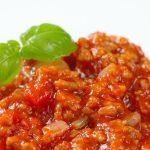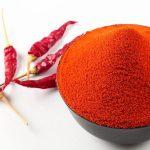It’s easy to get confused between sushi, sashimi, and nigiri. That’s why we’re here to clear things up for you! Know what you’re eating and enjoy it more with this article.
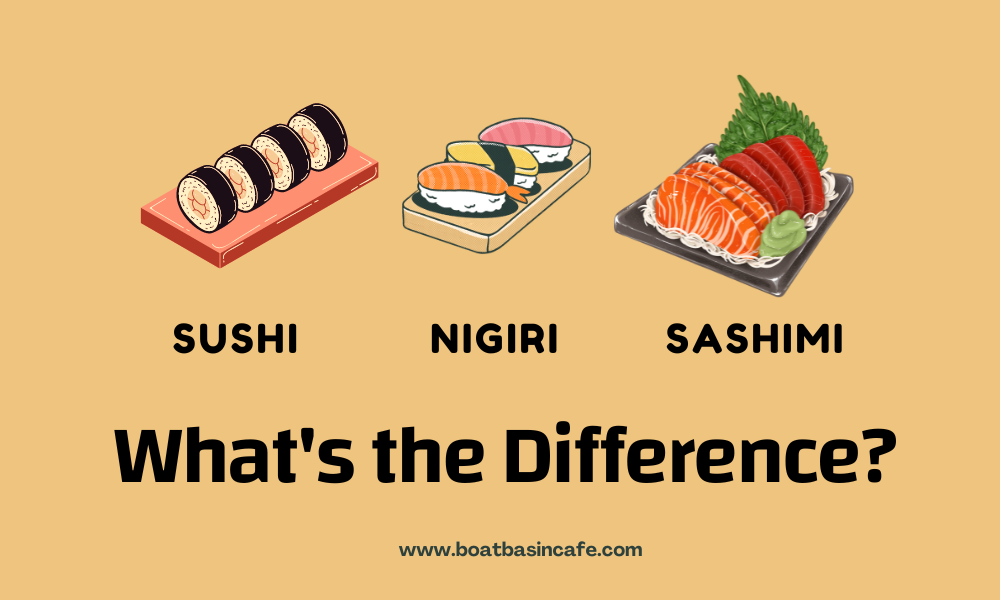
If you love Japanese cuisine as much as I do, you’ve eaten sushi, sashimi, and nigiri — sometimes all at the same time! The thing is, it’s easy to get confused with the three.
If you’re planning to make some sushi, sashimi, or nigiri and want to get your terms and recipes right, you’re at the perfect place. We point out each unique characteristic of sushi, sashimi, and nigiri for you in this article!
What is Sushi?
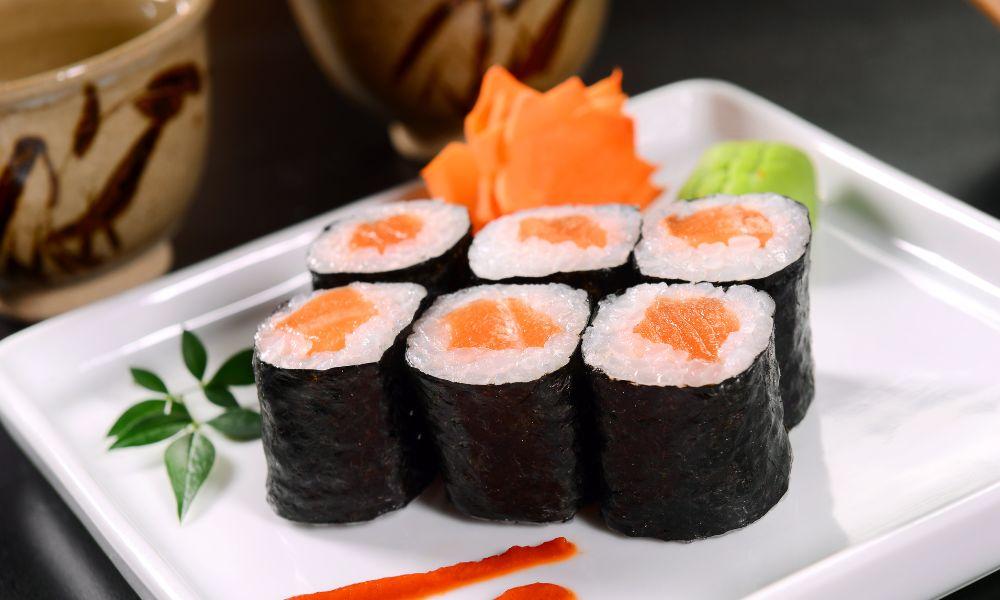
Sushi is one of the most popular Japanese cuisine out there. If you’ve been eating sushi for a while, you know its ingredients. Sushi is done with prepared vinegared rice, sugar, salt, vegetables, and fish.
Apart from these main ingredients, sushi also involves popular fish toppings, among pickled ginger, radish, and wasabi. Soy sauce is also popular in eating this delicious treat!
How Is Sushi Prepared?
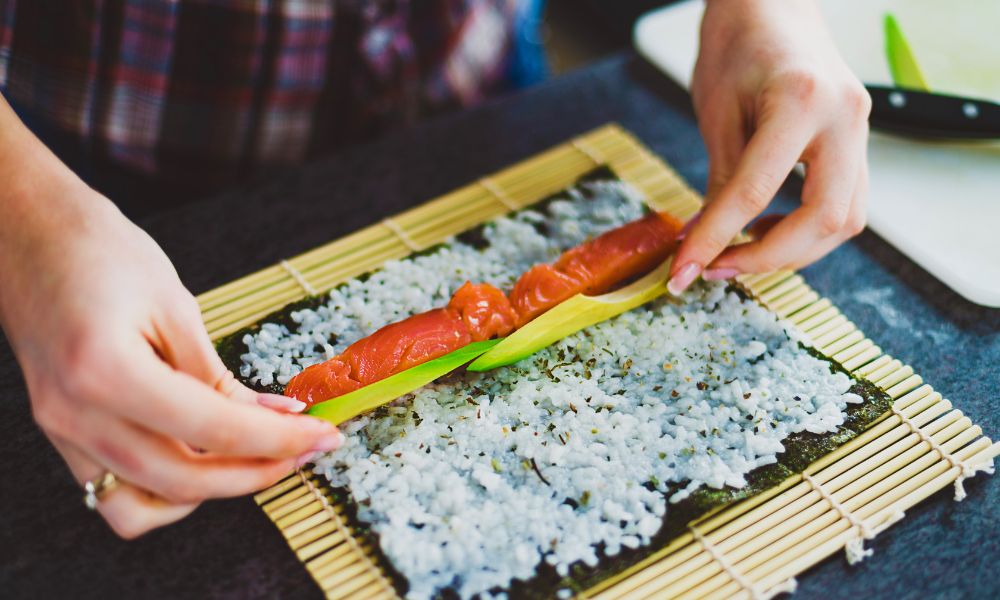
Normally, most sushi first timers will experience fast-food sushi, but the good sushi out there is prepared by a sushi chef.
Sushi involves a spread of nori or seaweed onto a bamboo mat made for rolling the sushi. Sushi rice is spread onto the nori, and a groove is placed onto the center. Thin slices of vegetables, fresh fish, imitation crab, and even fruit — for that tangy flavor! — are placed onto the groove.
The bamboo mat is used to roll the sushi into place before being sliced into pieces. Sushi is served raw, with fresh slices of pickled ginger, soy sauce, and wasabi to garnish.
What is Sashimi?
Sashimi refers to the popular Japanese dish typically involving thinly sliced raw fish. However, other meats can also be used. Sashimi is shaped differently according to the ingredient used. Flat, diagonal, and cube slices can be used.
While fresh, raw fish is usually used in sashimi, there are sashimi dishes out there that use beef, pork, and chicken. And while the tradition is to serve sashimi raw in a Japanese restaurant, some meats will be braised, seared or boiled for flavor or texture.
When sashimi-grade fish is served in a Japanese restaurant, it’s typically eaten with shredded daikon radish, shiso leaves, soy sauce, ginger, and wasabi.
What is Nigiri?
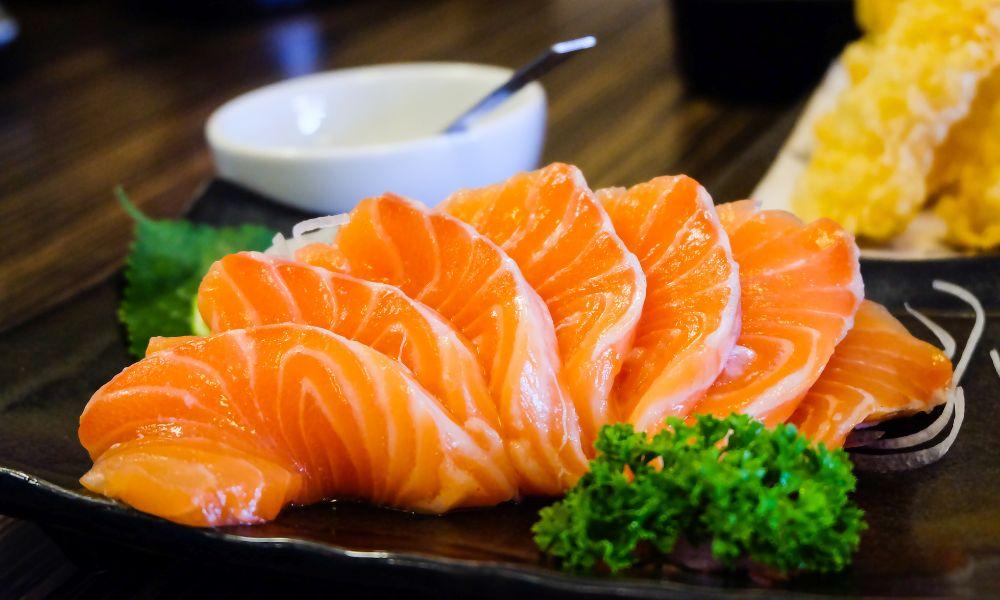
Nigiri translates to “two fingers” which is the size of the oval mounds and hand-pressed fish, served raw, seared, or cooked.
Nigiri and sashimi are different, but sushi and nigiri are not far from one another! Nigiri is actually a type of sushi, made with oval-shaped rice and a thin slice of the best fish on top. Nigiri sushi is typically molded by hand, with thin slices of fish hand-pressed on top.
Wasabi, scallions, and pickled ginger are common garnishes in nigiri.
Sushi V Sashimi V Nigiri: What’s the Difference?
| Sushi | Sashimi | Nigiri | |
| Has rice | Yes | No | Yes |
| Includes raw ingredients | Yes | Yes | Yes |
| Is hand-pressed | No | No | Yes |
Sashimi VS Sushi
Sushi refers to any dish that invovles vinegar rice, vegetables, fish, pickled ginger, and soy sauce. Sashimi, meanwhile, only refers to raw fish or meat, and doesn’t involve the vinegared rice at all.
Nigiri VS Sushi
Sushi isn’t that far from nigiri! In fact, nigiri is a type of sushi. With nigiri vs sushi, the only difference is the shape and how it’s made. In a sushi restaurant, sushi could refer to any dish made with vinegared rice, vegetables, fish, pickled ginger, and soy sauce.
Sushi menus could include anything from sushi rolls to chirashi. Nigiri can be found in those menus as nigirizushi. Nigiri translates to “two fingers,” the size of each portion, and as hand-pressed sushi — and that makes all the difference. Nigiri is hand-pressed oval mounds of rice, sized around two fingers, with sliced fish pressed on top.
Sashimi Nigiri Comparison
Nigiri VS sashimi — what is actually the difference? If raw, cooked or seared nigiri simply refers to hand-pressed vinegared rice and fresh fish, sashimi is a whole different ball game. Sashimi usually only involves raw meat and does not contain vinegared rice.
While usually sashimi-grade fish is used, you can find raw meat involved in sashimi in any sushi menu.
What Fish Is Used in Sushi, Nigiri and Sashimi?
The commonly-used fish in sushi, nigiri and sashimi are the following:
- Tuna
- Japanese amberjack
- Salmon
- Mackerel
- Snapper
- Yellowtail
Usually, when ordering sushi, sashimi, and nigiri, the most valuable cut is the toro, or the fatty slices. Sometimes, squid, scallops, pierced meat, and sea urchin are also used among fish in sashimi, nigiri, and sushi.
Types of Sushi, Sashimi, and Nigiri
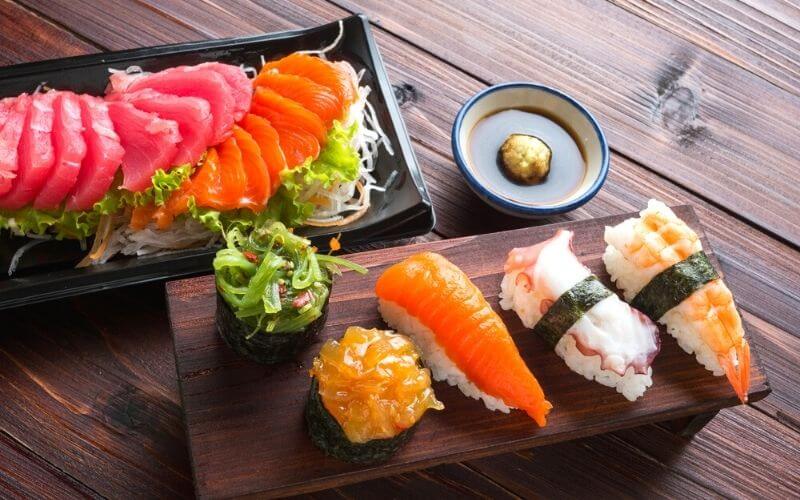
Types of Sushi Dishes
1. Chirashizushi
This Japanese dish is also known as scattered sushi! Unlike the popular sushi roll, chirashizushi comes in a bowl. The rice portion is placed first before having toppings of high quality fish and vegetable garnishes.
2. Inarizushi
Love sushi and tofu? The inarizushi is the must-try for you. A pouch of fried tofu is filled to the brim with sushi rice, sometimes combined with omelette.
3. Makizushi or maki sushi
Maki sushi or makizushi is another popular variant of sushi. With the help of a bamboo mat, rice, meat, fish, and vegetables are rolled together in nori. Occasionally, instead of nori, omelette, shiso leaves, soy paper, or cucumber is used to wrap it as well.
There are many variation to the makizushi. Some are fried, thinly sliced, or large and cone-shaped. In the sushi world, constant innovation for your favorite dish reigns!
4. Narezushi
Narezushi, or matured sushi, is a type of sushi dish which involves fermented sushi. The cooking process is long — often involving up to six months of preparation before the sushi dish can be considered edible.
5. Oshizushi
Oshizushi or pressed sushi is a type of sushi dish where the sushi comes in wooden block molds. The result is bite-sized sushi you can eat together with soy sauce and pickled ginger.
Types of Sashimi
There are many types of sashimi out there, but we’ll cover the top five types of sashimi and the different flavors each one has:
- Katsuo (Bonito or Skipjack Tuna)
Better known as katsuo no tataki, this type of sashimi is lightly seared on the outside to give more depth and flavor. The result is a slightly smoky taste you’ll love. It involves chopped green onions, ginger, and ponzu as toppings!
- Sake (Salmon)
Sake or salmon are popular fish toppings and ingredients for sashimi, but they’re relatively new to the sashimi scene! It’s sweet, with the added benefit of being packed full of omega-3 acids and fatty goodness. Pair your sake sashimi with lemon and a touch of wasabi.
- Maguro (Bluefin Tuna)
Maguro sashimi is iconic in Japanese culture. The fish used is what we know as tuna, and is served in 3 main grades. There are several parts to the fish that can be used for sashimi:
- Se-kami – the red, fatty part of the tuna fish
- Senaka – part of the red fish
- Se-shimo – red and less fatty
- Hara-kami ho-toro – the extra fatty part of the fish
- Hara-naka chu-toro – the fatty pat of the fish
- Hara-shimo – mix of the less fatty part and the red fish
Depending on the sashimi chefs, you may get a mix of these parts of the fish with your sashimi order.
- Ahi (Yellowfin tuna)
The yellowfin tuna sashimi is also a popular choice for Japanese food. It’s best paired with rice vinegar, soy sauce, pickled ginger, and wasabi.
- Aji (Horse Mackerel)
Best for the early summer season, the aji or horse mackerel sashimi has light, well-balanced flavor you’ll enjoy. Order it at the next sushi restaurant you visit!
Types of Nigiri
- Maguro nigiri sushi
It’s best to get the fatty part of this raw fish. This nigiri practically melts in your mouth! It’s a combination of sushi rice and raw fish, plus some garnishes on the side with soy sauce and wasabi to taste.
- Ika (Cuttlefish)
Aside from raw and cooked fish, nigiri also makes use of other seafood and meat. Ika is the pure, white flesh of squid, which is chewy and yummy to taste!
- Shrimp
Raw prawns and boiled shrimp are also typically used in nigiri dishes. If you don’t feel like eating raw fish, this type of nigiri may be for you.
- Unagi (Eel)
Served with a sweet sauce, eel is a popular choice among the Japanese for nigiri. Serve it with soy sauce, daikon radish, and wasabi!
- Tamago (Egg)
Yes, eggs can also be used in nigiri! The sweetened, baked egg also has a strip of seaweed to keep it in place.
How to Make Sushi Rolls at Home
Wondering how to make your own sushi rolls at home? We’ve got you. The best sushi can come from your very own kitchen!
The California Roll Recipe
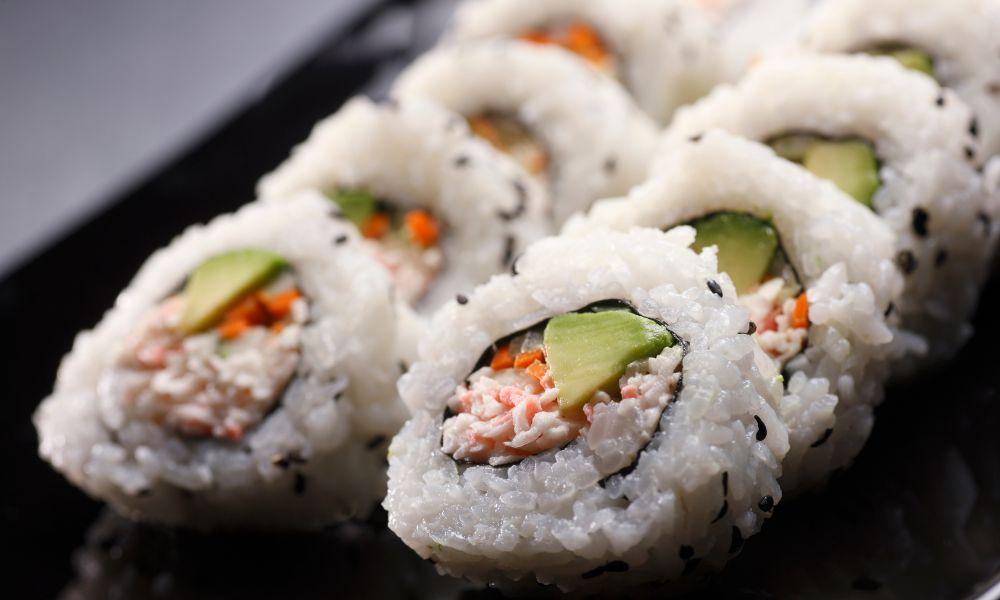
Let’s start by making a popular, regular maki roll: the California maki.
- Prepare the rice
You have to make the rice first. To do this, rinse the short-grain rice you’ve prepared before setting it to cook in the rice cooker.
In another bowl, mix rice vinegar, sugar, and salt together. Once the rice has cooked — and it’s shiny and fluffy! — you can pour the rice vinegar mixture over the rice and combine it completely. Let the rice cool and set aside. You’ll be using it as a main ingredient later!
- Prepare to roll
Get your sushi mat and place it on the table. Start by getting a sheet of nori or seaweed. Cut the nori in half and lay it down on the mat, rough side up. Use your fingers to add the rice and spread it all throughout the seaweed sheet.
Add masago or orange fish roe to the spread. Flip the sheet.
- Add oTher Ingredients
Now’s the time to add your other ingredients onto the california roll! Arrange the mango strips, kani, and cucumber.
- Roll, Roll, Roll
Roll the mat by tucking your thumbs underneath it and lifting it. Use your other hand to hold it in place. Continue rolling until you reach the end of the sheet.
- Slice Everything and Serve
Press the mat so everything fits and sticks together tightly. Peel away the mat and use a sharp knife to cut the roll into pieces.
Serve with wasabi and soy sauce. If you like, you can add a dollop of cream cheese as topping!
How to Make Nigiri at Home
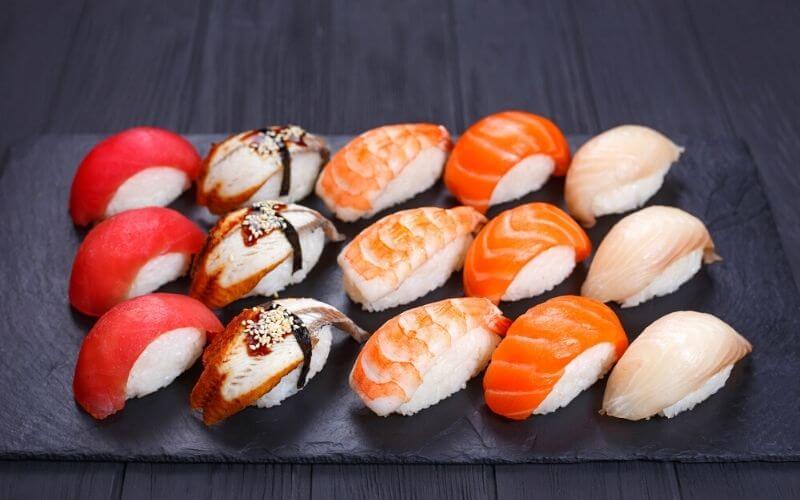
- Prepare the rice
Make at leas two cups of sushi rice for this recipe. To make sushi rice, rinse the rice thoroughly and cook it for twenty minutes in your rice cooker. After, pour a mixture of vinegar, sugar and salt and combine everything in a bowl. After tossing, set it aside to cool.
- Cut Your Selected fish
You can use fish, other seafood like shrimp and eel, or even eggs! For this recipe, we’re assuming you’re using the best fresh fish you’ve found. Cut against the grain and make it around 1/4 inches thick.
- Form some rice
Nigiri is popular for being hand-pressed, with oval-shaped rice mounds. To form your rice, prepare a small bowl of water. Now, you have to combine the rice with the prepared fish. Lay one piece of fish across your fingers and then a mound of rice on top. Press inward with your two fingers to make sure they both stick together.
- Serve and enjoy
Congratulations, you’ve made your very first nigiri! Serve it with some ginger, wasabi, and soy sauce.
How to Make Sashimi at Home
Unlike nigiri and sushi in general, making sashimi is much more straightforward. All you have to do is pick the raw fish you want to use for your sashimi. Personally, with raw fish, I choose salmon: it’s packed with protein, good fat, and is light on the stomach.
Sharpen your knife before you begin cutting your raw fish. When you slice it, be sure to cut it into thin slices, around 1/4 inch thick. It should be rectangular and bite-sized!
You can mix wasabi, soy sauce, and lemon together to make your dipping sauce. Raw fish combines well with this mixture — and you’ll be sure to enjoy every bite!
Frequently Asked Questions
Is sushi the same as nigiri?
Nigiri vs sushi — are they the same? Well, it’s as close as it can get! Nigiri is a type of sushi. Most sushi places offer nigiri as part of their menus.
What is the difference between sushi and sashimi?
Sashimi chefs typically don’t cook fresh fish at all. Instead, they serve it raw — and as fish or meat alone. Sushi, meanwhile, involves different ingredients.
The traditional sushi roll, for example, involves fish, vegetables, fruit, imitation grab, toasted seaweed, shredded daikon radish, and vinegar rice. Sometimes, it’s even topped with cream cheese!
Why is Sashimi More Expensive Compared to Nigiri?
Sashimi uses the most expensive cuts of fish, which are caught fresh and served right away. Moreover, the fish is not farmed and is of very high quality, making sashimi rather pricey.
